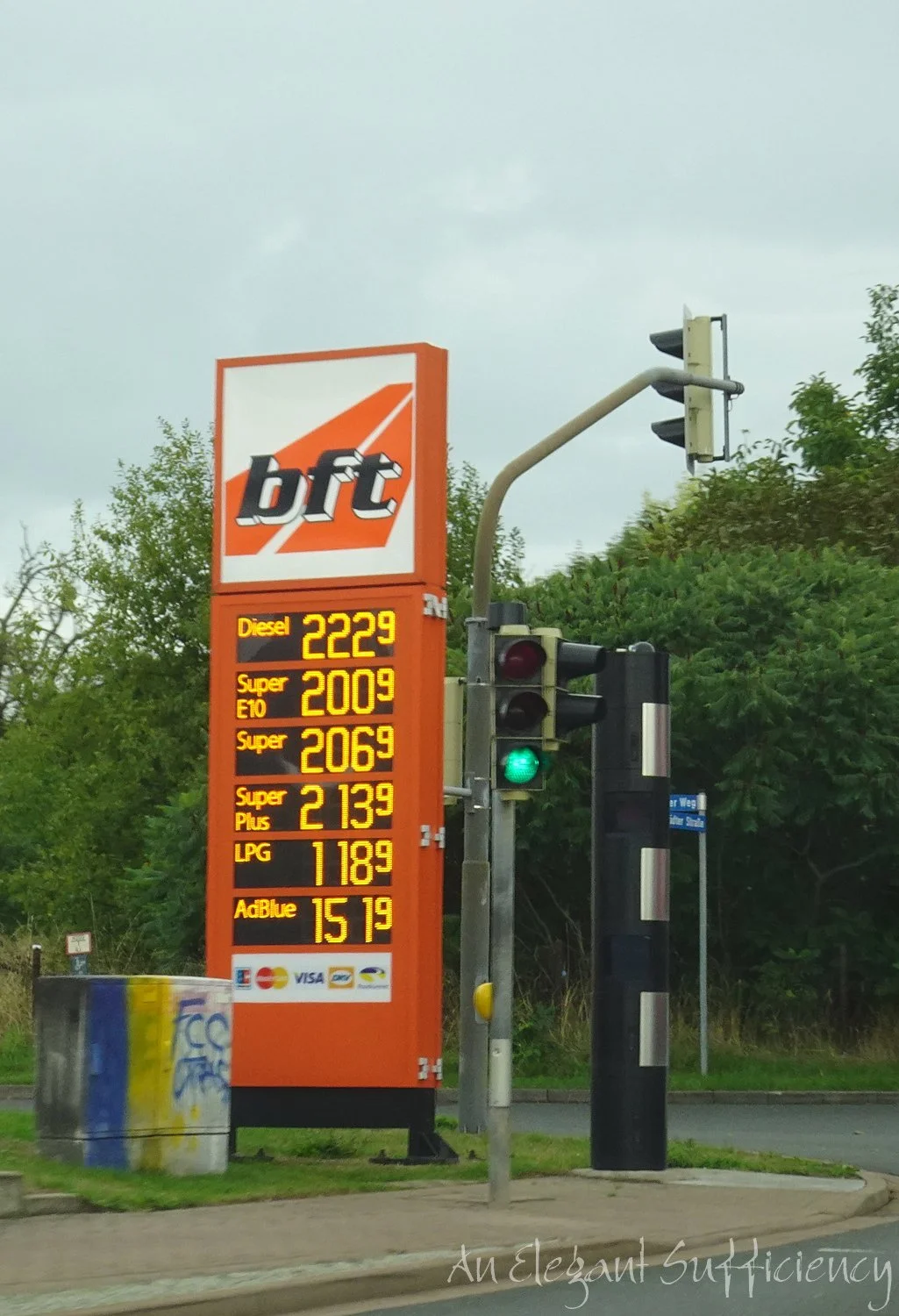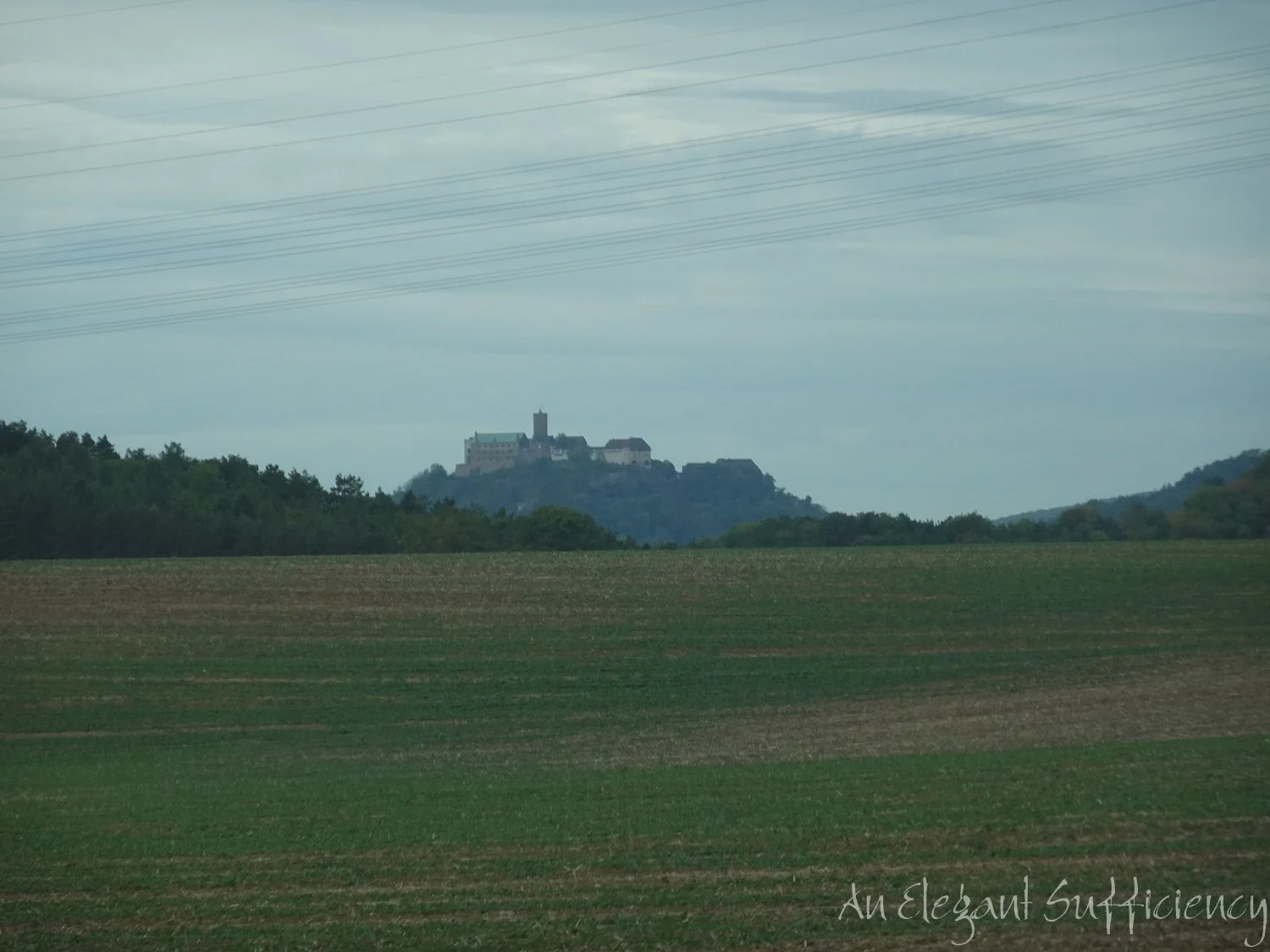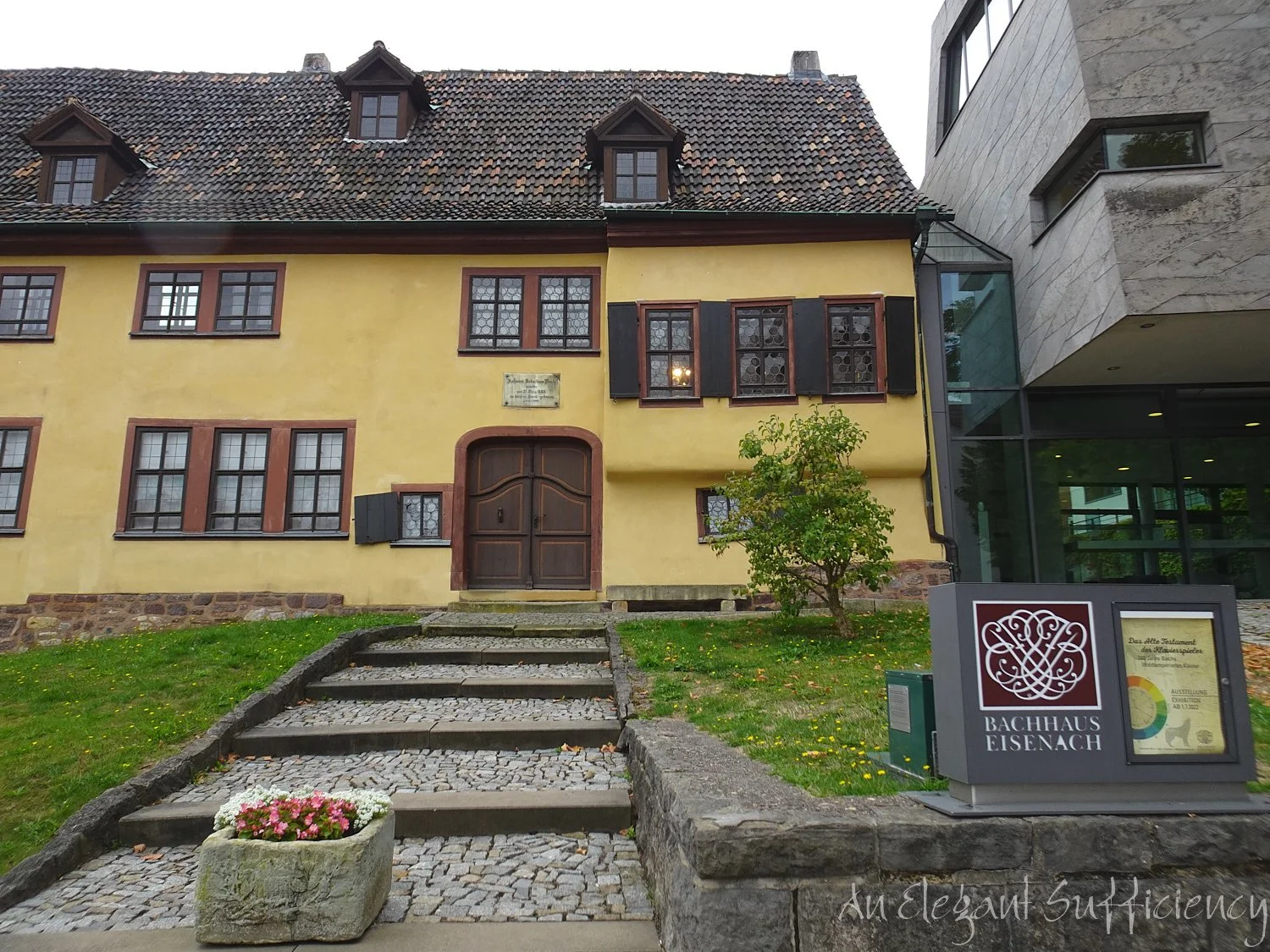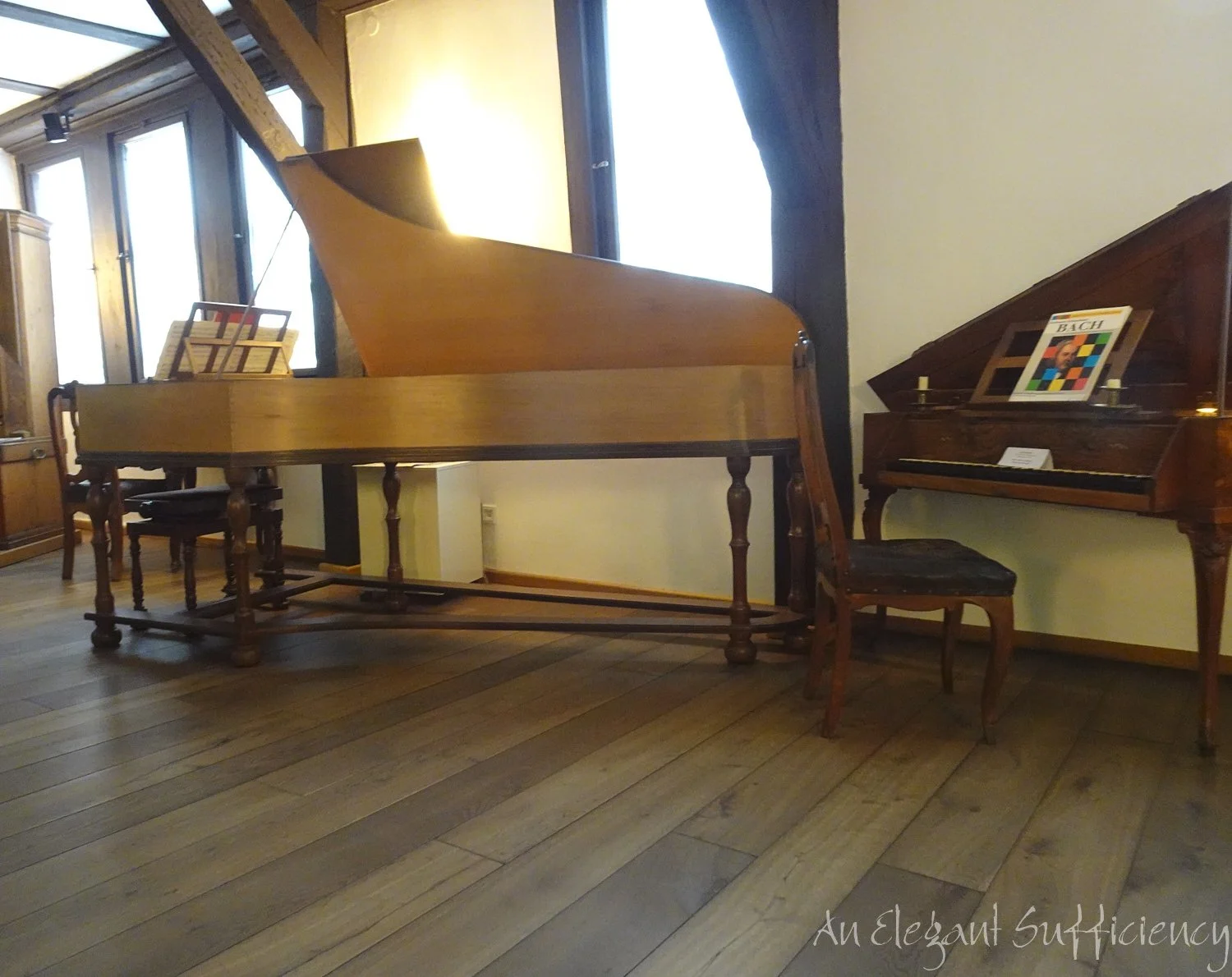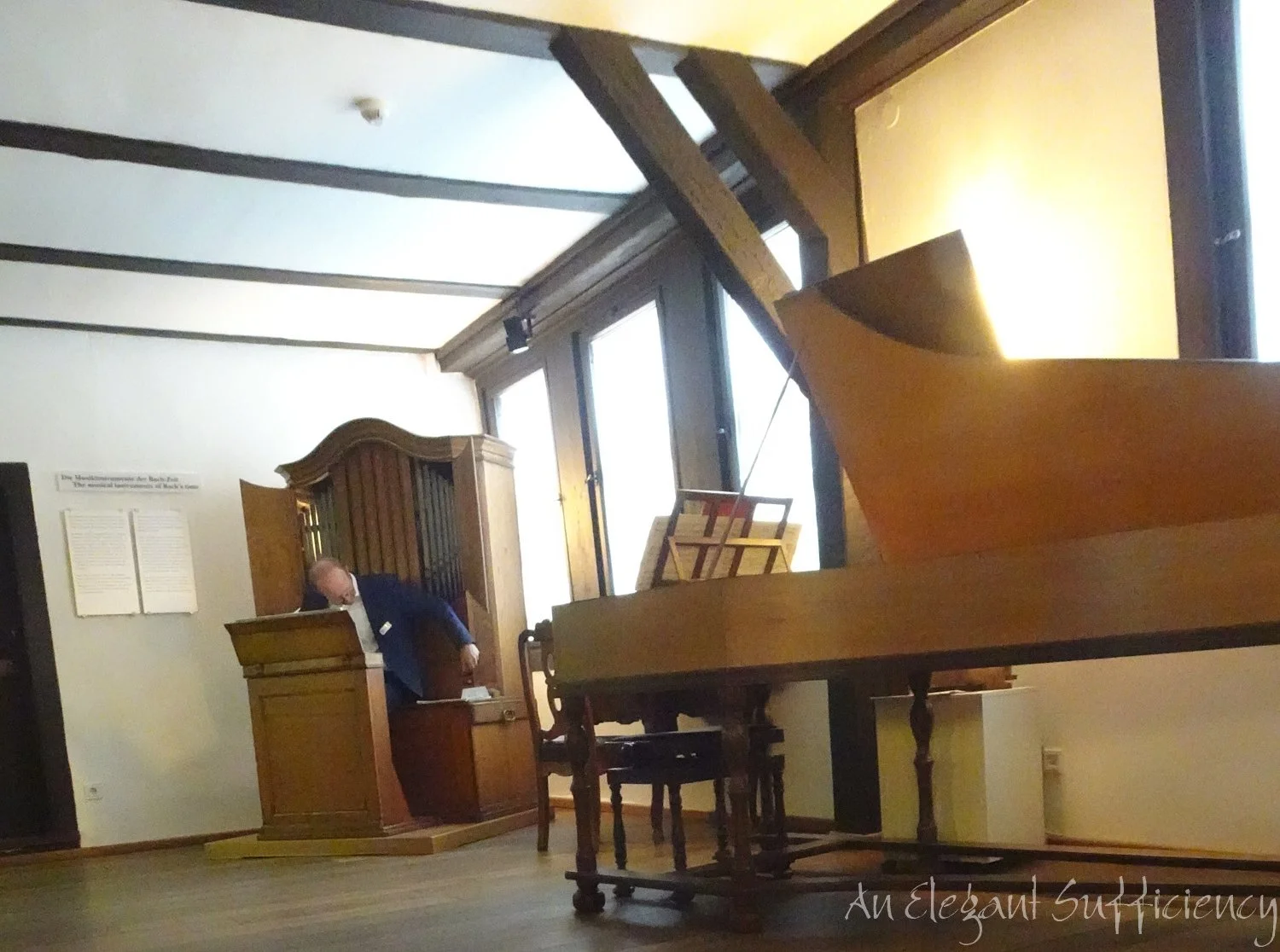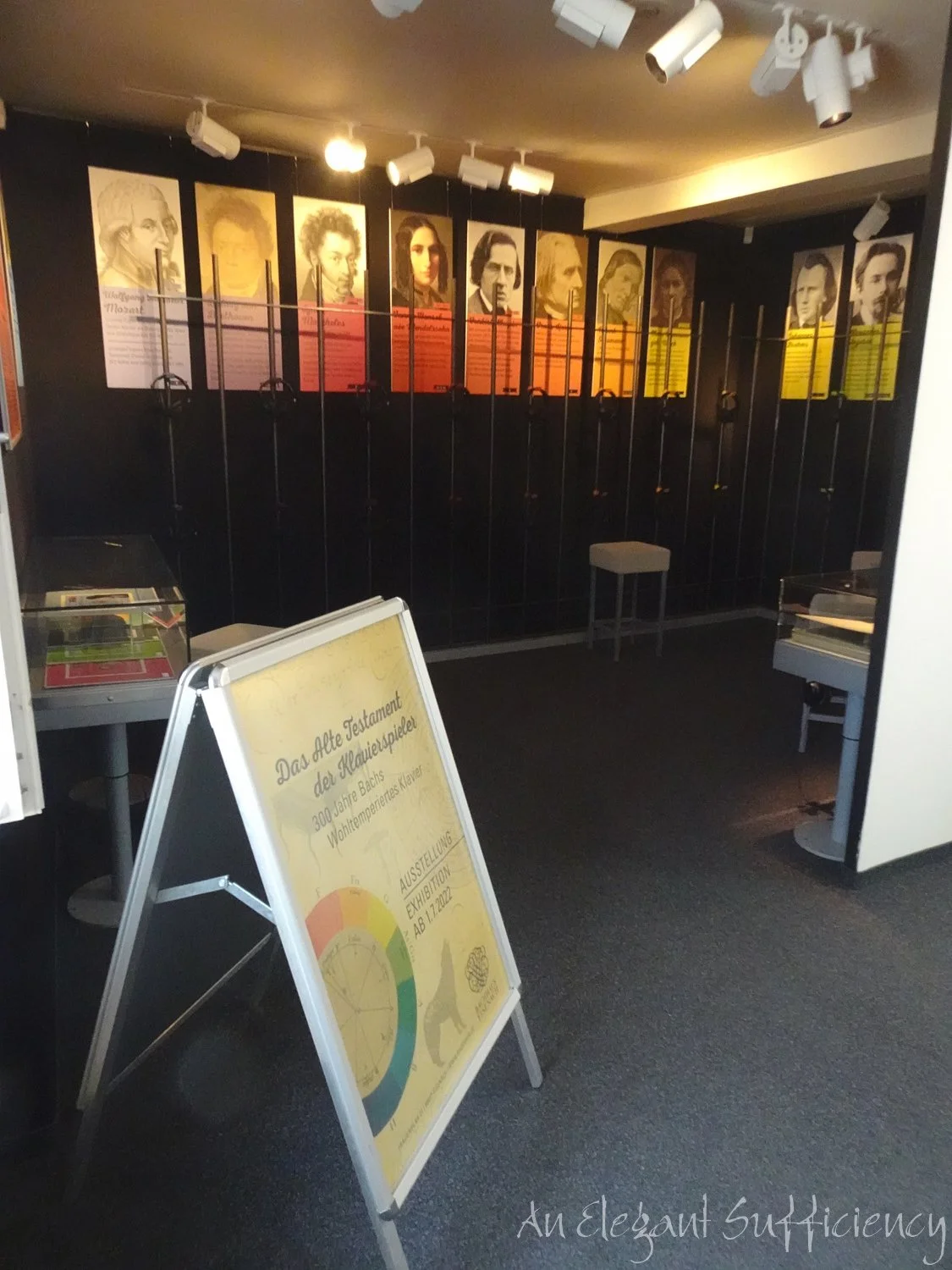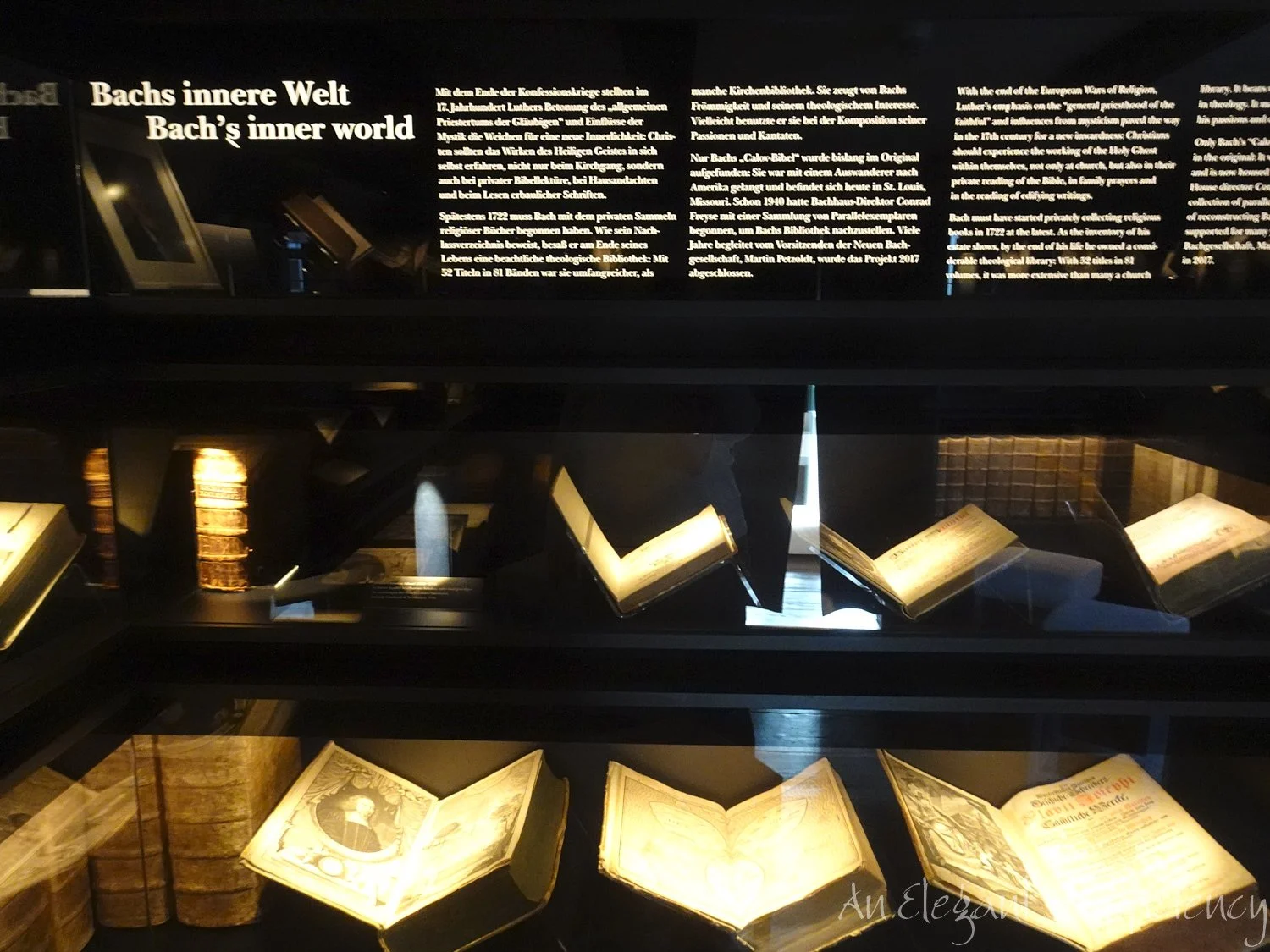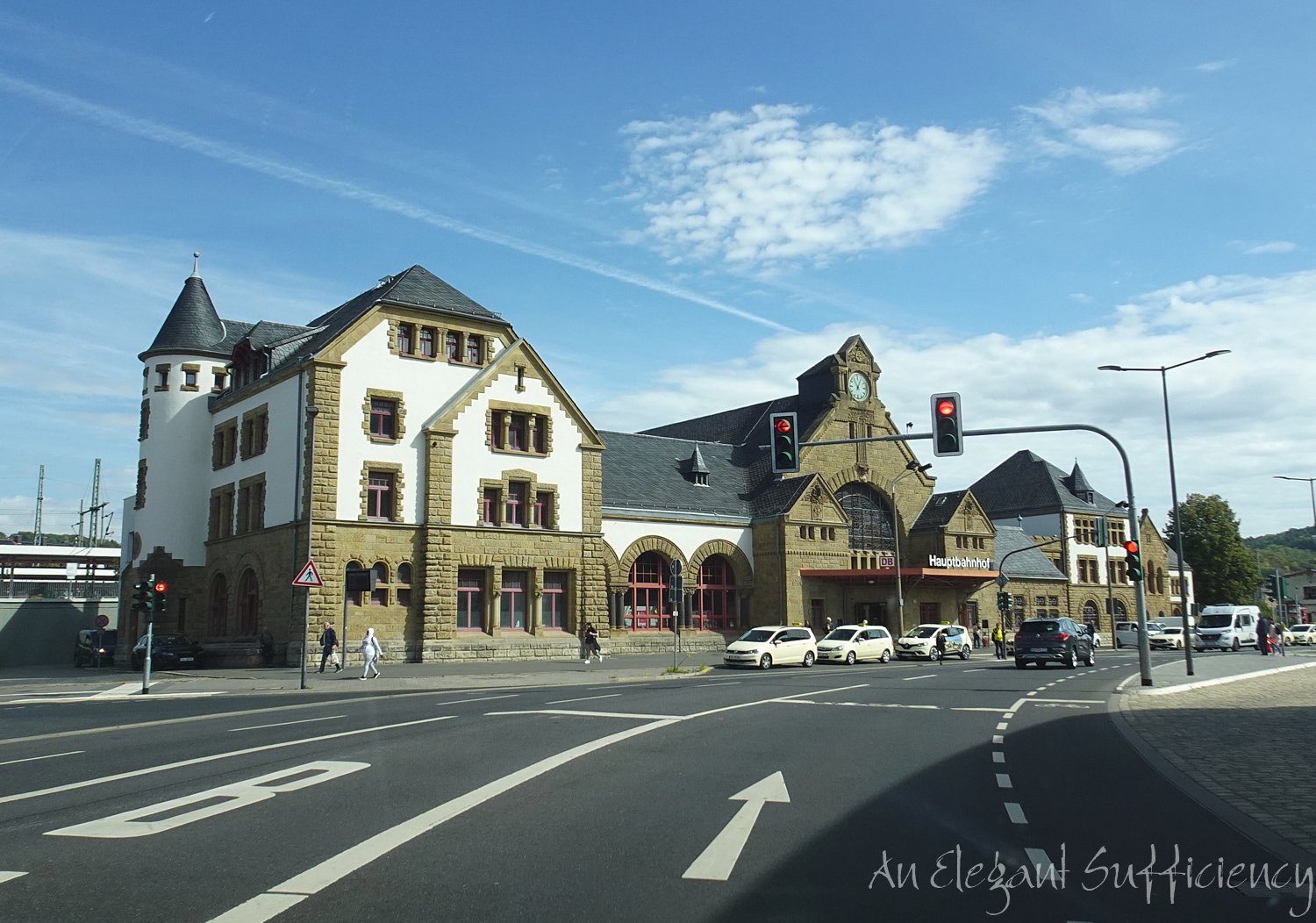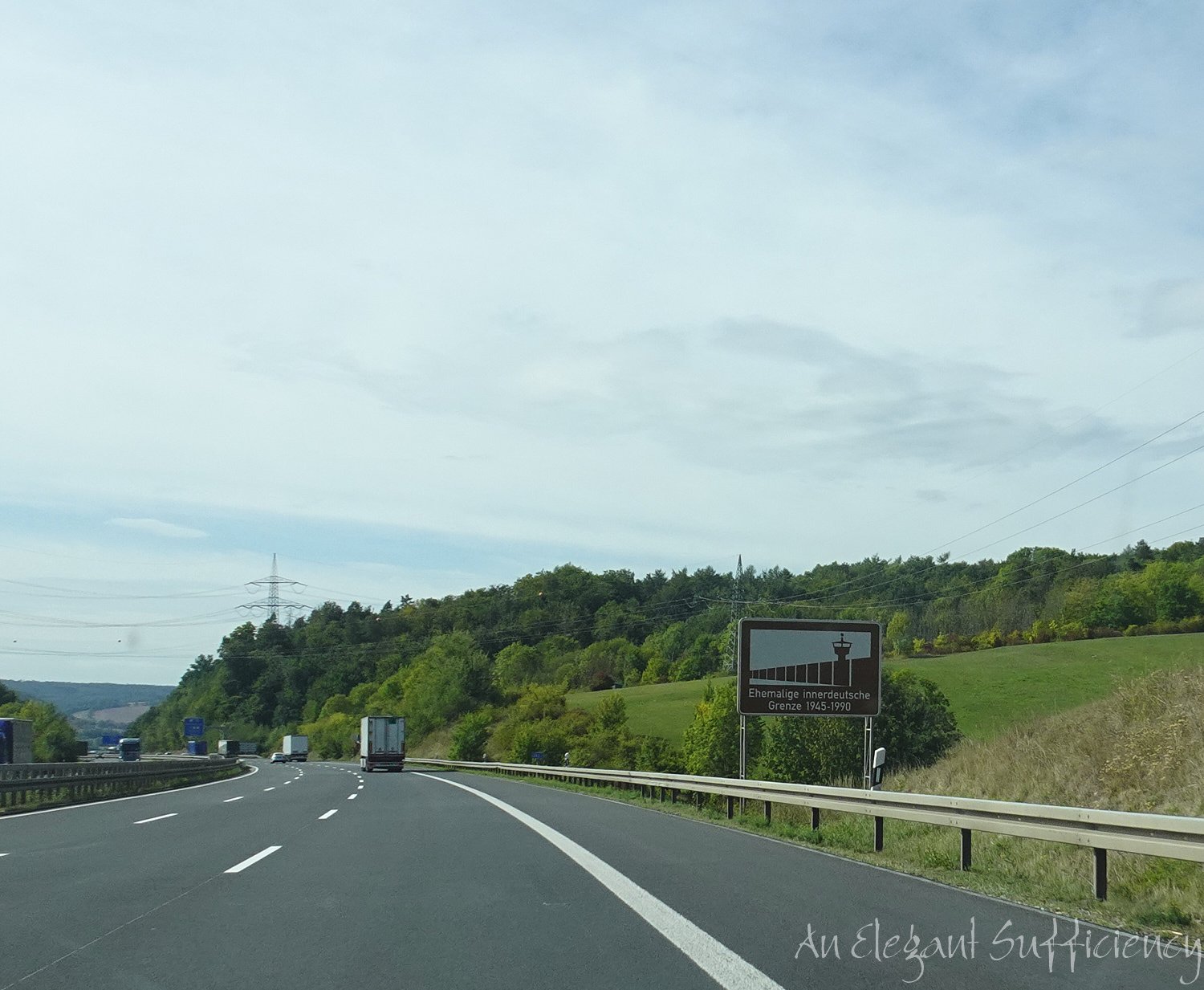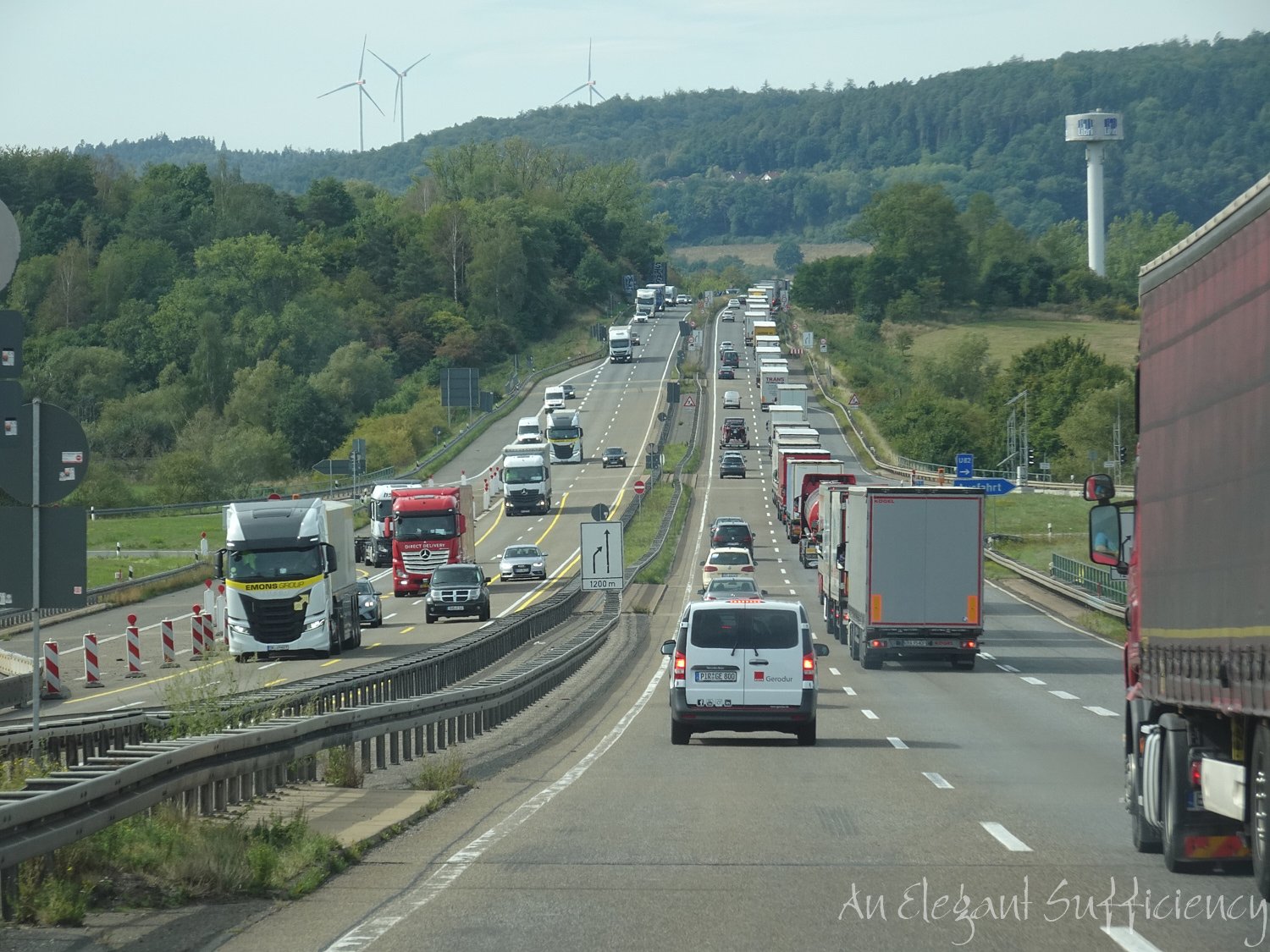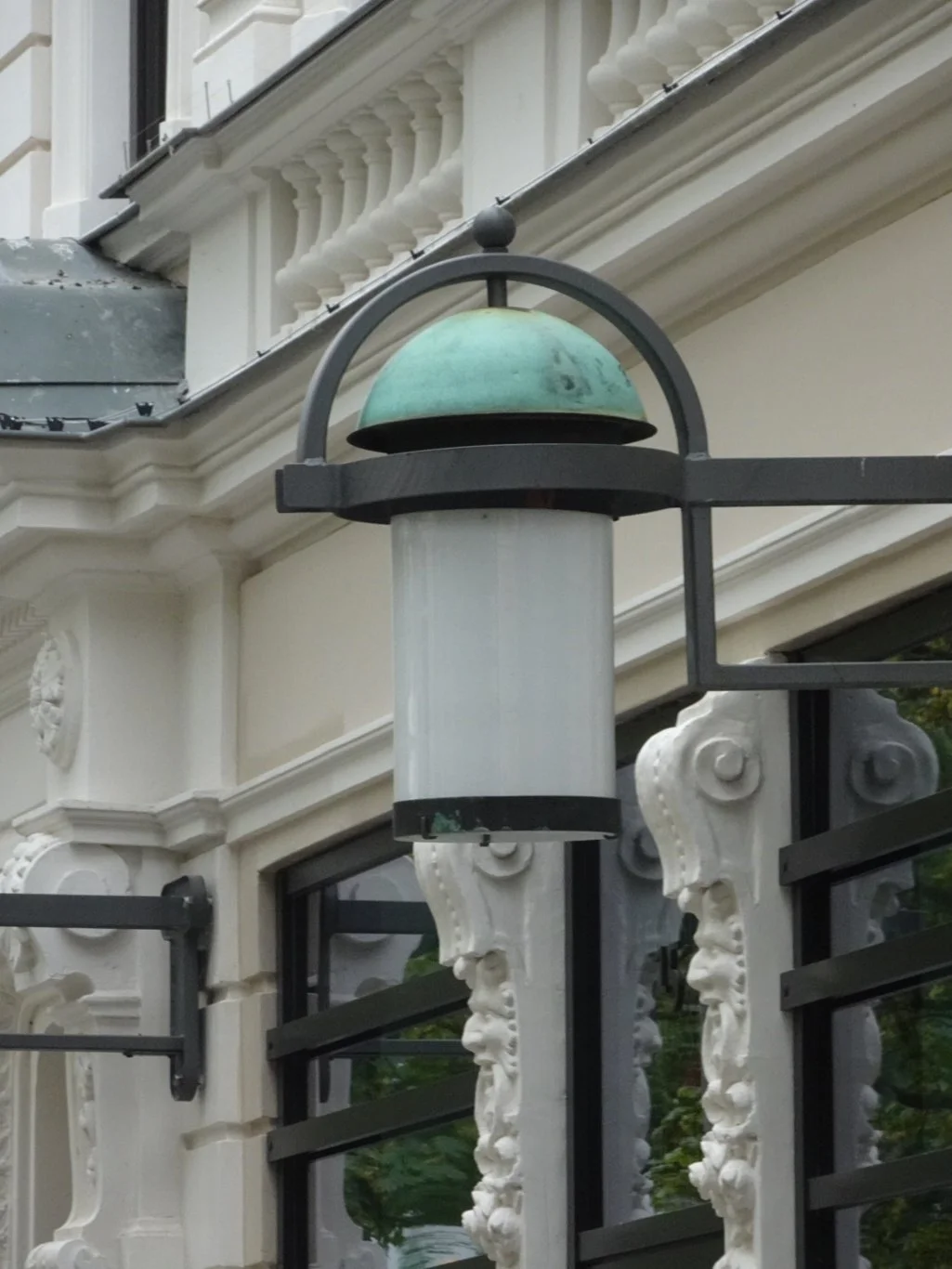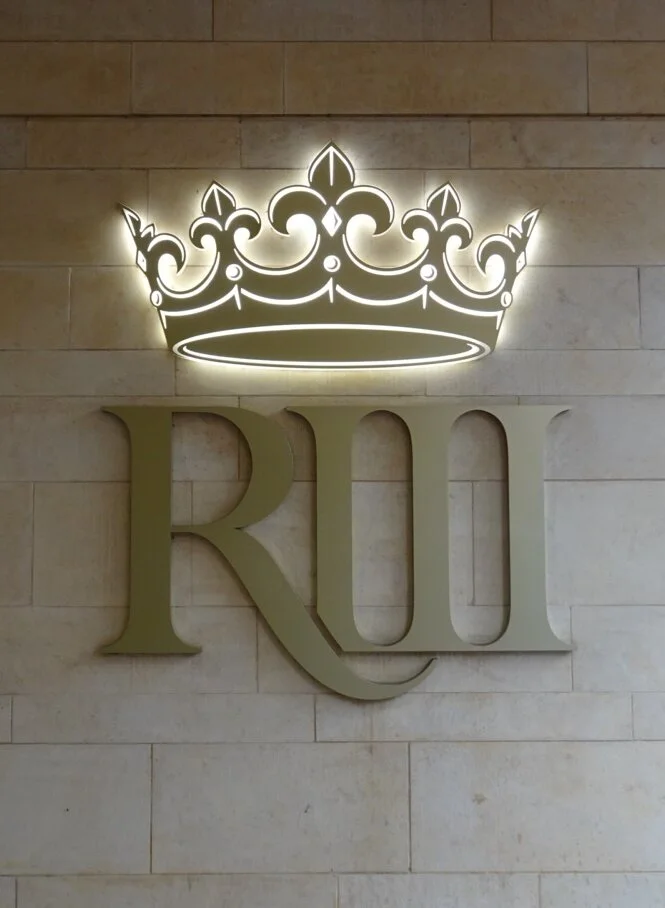Bach in Thuringia
When we were browsing in the Tourist Information Office in Weimar, I had picked up a leaflet about Bach in Thuringia. We knew that he had lived in Weimar but I don’t think either of us quite grasped how so much of his life had been spent in the area or how much there was to see around here. On our way back to Frankfurt Airport, we planned to stop over somewhere to break the journey and noting that one of the main Bach sites was in Eisenach, just up the road, that became our plan for the day.
First things first though. Fill the car with petrol and note how much more expensive it is here than at home.
On pulling up to the pumps though, there was also the dilemma of choice! Our local garage has just two pumps, petrol or diesel.
The next garage along the road had six pumps to choose from! Oh my…cue anxiety of putting the wrong fuel in the tank.
The autobahn wasn’t so busy this morning and we didn’t have too far to go before we reached our first destination.
Eisenach is a city just inside the former DDR border, whose main claim to fame is the Wartburg high on the hill over there. That’s where Martin Luther translated the New Testament of the Bible into German and it’s somewhere we visited some years ago and which left a deep and lasting impression.
Today, however, we were going to visit Johann Sebastian Bach’s birthplace, which we’d read about and were eager to see. We are neither of us particular fans of his music though recognise the genius of the man and were keen to learn more.
In similar vein to Ringve in Trondheim our visit began with a short demonstration of several of the keyboard instruments in the music room.
This occurs on the hour, every hour and the pianist demonstrated five different keyboard instruments including a Silbermann spinet and the oldest Thuringian home organ, dating from 1650. It was a great way to begin our tour!
The music didn’t stop there, however, for in every room there was a wealth of music to listen to. Firstly, a really clear explanation of what was meant by the term “well tempered clavier” and then, in a temporary exhibition celebrating the 300th anniversary of the piece by that name, an overview of just how many composers have been inspired by Bach’s masterpiece. By each composer was a set of headphones to listen and this was just the beginning, for the whole house was filled with such interactivity. We could have spent the whole day here.
We were still in the original part of the house, making our way through old creaky rooms and peering out into the garden.
In one darkened room shaded with blackout curtains was a presentation about Bach’s library. When he died, he owned 81 books, which was pretty amazing given the time (it was explained to be a similar number as would be owned by an abbey). Lighting was used really effectively to show each one in turn and the whole story was interesting and well told.
His music room was the last room in the old house and from there we moved into a newer, brighter modern exhibition space, with hanging perspex chairs fitted with headphones and a whole series of individual stories from events in his life, accompanied by the appropriate music of course.
I was particularly amused by the story of the puzzle of the Bach Goblet amongst other similar “secret” signals and I think we both left wanting more. I certainly intended to find the Bach playlist that was linked in one of the leaflets we picked up.
If you’d like to visit the Bach House in Eisenach, by the miracle of science, you can!
But of course, we had a flight to catch, a rental car to return and we were also reminded of a long traffic jam we’d seen on Friday. We didn’t want to leave anything to chance, so returned to our car. As we did, though, I spotted one of the “Bach Organs”, which we’d read about in the leaflet too. In various locations around Thuringia, these “organs” can be played so his music can be heard in authentic places.
Yes, of course, I had to have a go. But there was a chap standing impatiently right behind me, making it quite clear that he wanted to play too.
Seeing my Hero getting a bit agitated by the car and knowing that we had used every minute of our purchased time on the ticket, I noticed him pointing to a lady in black…I thought I’d better let the chap have his go!
The lady in black was the car park attendant and she was making notes and taking photographs of some who had outstayed their welcome. We didn’t want an argument.
Off we went then, past the lovely traditional Eisenach railway station, back to the autobahn and on to Frankfurt.
Past the sign marking the site of the former border line.
And thankfully, the traffic was merely slow moving today and not totally stopped as it was when we came.
So we were ridiculously early for our flight, made all the more noticeable because it was delayed too. Oh well, better that way round!
There’s more about Bach in Thuringia here - we only just scratched the surface.










